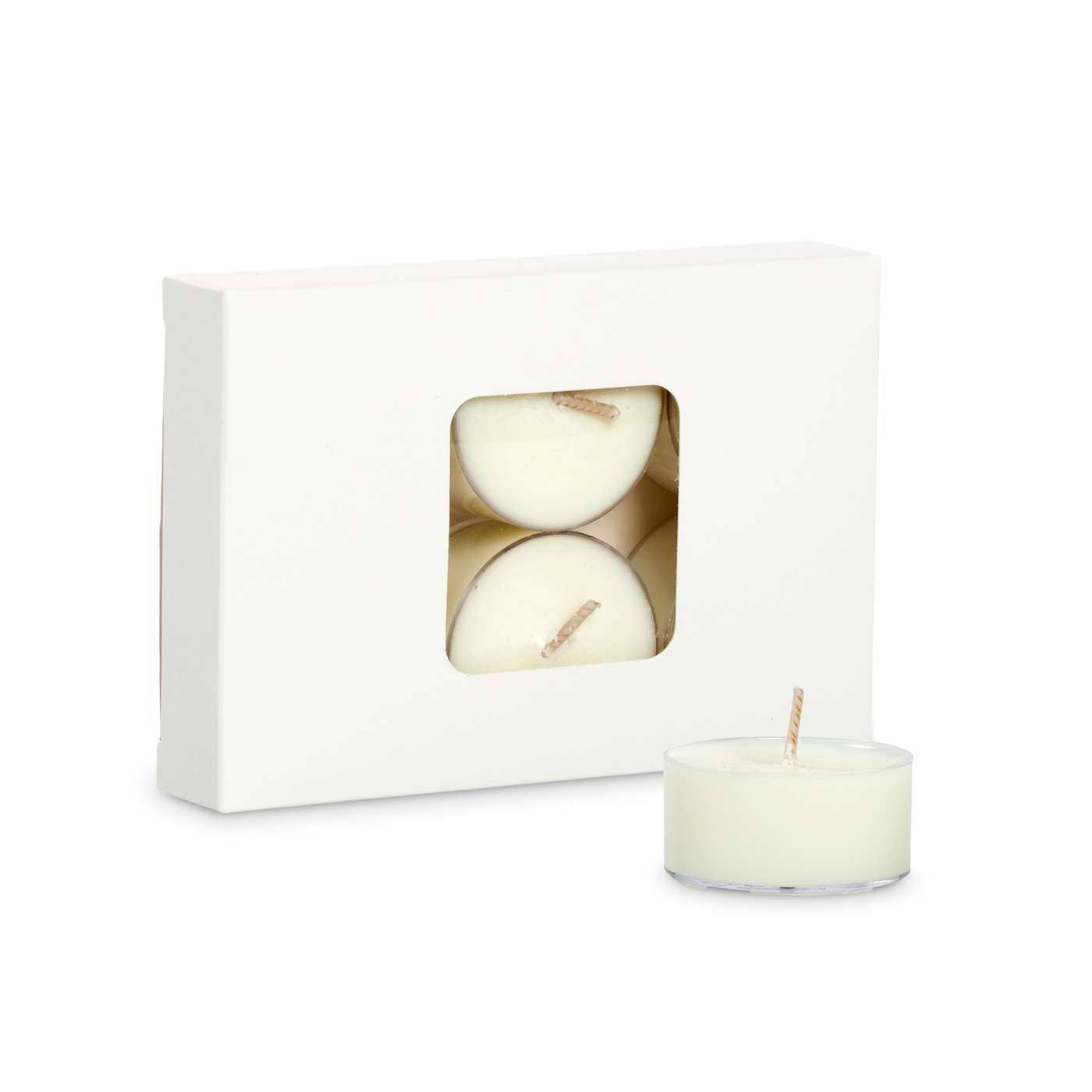Elevate Your Area with Costs Soy Wax Candles and Home Fragrance
Elevate Your Area with Costs Soy Wax Candles and Home Fragrance
Blog Article
From Wick to Wax: Recognizing the Chemistry Behind Soy Wax Candles and Their Ecological Impact
As we illuminate our areas with the warm glow of candles, there lies a realm of complex chemistry behind the seemingly straightforward act of lighting a soy wax candle light. Join us as we unwind the clinical ins and outs behind soy wax candles and explore their ramifications on our atmosphere.
Soy Wax Vs. Paraffin Wax
When comparing soy wax and paraffin wax for candle production, it is necessary to recognize the distinct features and benefits of each material. Soy wax is a natural, renewable energy acquired from soybean oil, making it eco-friendly and eco-friendly - crystal soy candles. On the other hand, paraffin wax is a byproduct of oil refining, which elevates worries concerning its environmental effect and sustainability
Soy wax candles melt cleaner and discharge much less residue contrasted to paraffin wax candle lights, making them a much healthier selection for indoor air high quality. Furthermore, soy wax has a lower melting point, enabling for a longer-lasting candle that distributes scent better. Paraffin wax, on the various other hand, has a tendency to burn faster and much less cleanly, possibly launching harmful chemicals into the air.
From a sustainability viewpoint, soy wax is preferred for its biodegradability and eco-friendly sourcing, straightening with the growing consumer choice for eco conscious products. While paraffin wax has been a conventional option in candle making due to its cost and ease of use, the shift towards green choices like soy wax is acquiring energy in the industry.
Chemical Structure of Soy Wax

Burning Process in Soy Candles
The chemical structure of soy wax directly affects the burning procedure in soy candles, impacting variables such as burn time, fragrance launch, and ecological effect. When a soy candle is lit, the heat from the fire thaws the wax near the wick. This fluid wax is after that created the wick due to capillary action. As the fluid wax reaches the fire, it goes through and evaporates burning. The burning process entails the vaporized hydrocarbons in the wax responding with oxygen in the air to generate heat, light, water vapor, and co2.
The burning effectiveness of soy candles is affected by the purity of the soy wax and the top quality of the wick. In addition, soy wax candle lights have a lower ecological impact compared to paraffin candles due to their sustainable and biodegradable nature.

Ecological Benefits of Soy Wax

Taken into consideration a crystal soy candles lasting option to standard paraffin wax, soy wax offers notable ecological benefits that make it a prominent choice among eco-conscious consumers. Soy wax burns cleaner and generates less soot than paraffin wax, adding to far better indoor air high quality and reducing the requirement for cleaning and upkeep. On the whole, the ecological advantages of soy wax straighten with the growing demand for green and sustainable items in the market.
Recycling and Disposal Considerations
Reusing and proper disposal of soy wax candles play a critical duty in preserving ecological sustainability and decreasing waste in houses and communities. The initial action is to make sure that the candle light has melted completely when it comes to reusing soy wax candles. This can be achieved by allowing the candle light to melt up until the wick is no more functional, and after that allowing the staying wax cool and strengthen. Once the wax has solidified, it can be carefully gotten rid of from the container.

In regards to disposal, if recycling is not a choice, soy wax candle lights are eco-friendly and can be securely taken care of in the majority of home waste systems. It is constantly suggested to check with neighborhood reusing facilities or waste monitoring solutions for details standards on candle light disposal to make sure appropriate handling and environmental protection.
Verdict
In final thought, the chemistry behind soy wax candle lights exposes their ecological advantages over paraffin wax candles. Soy wax, acquired from soybean oil, burns cleaner and creates less residue when contrasted to paraffin wax.
When comparing soy wax and paraffin wax for candle production, it is important to recognize the unique features and advantages of each material (crystal soy candles).Soy wax candle lights burn cleaner and send out less soot compared to paraffin wax candles, making them a much healthier selection for indoor air quality.Taken into consideration a lasting choice to conventional paraffin wax, soy wax offers notable ecological benefits that make it a prominent option among eco-conscious customers. Soy wax burns cleaner and creates less residue than paraffin wax, adding to far better interior air high quality and decreasing the demand for cleansing and upkeep.In final thought, the chemistry behind soy wax candles reveals their environmental advantages over paraffin wax candles
Report this page